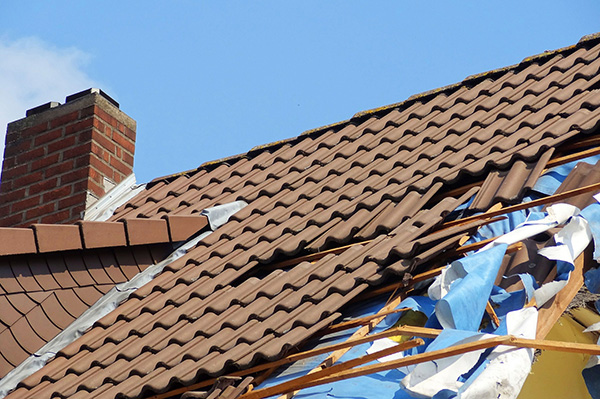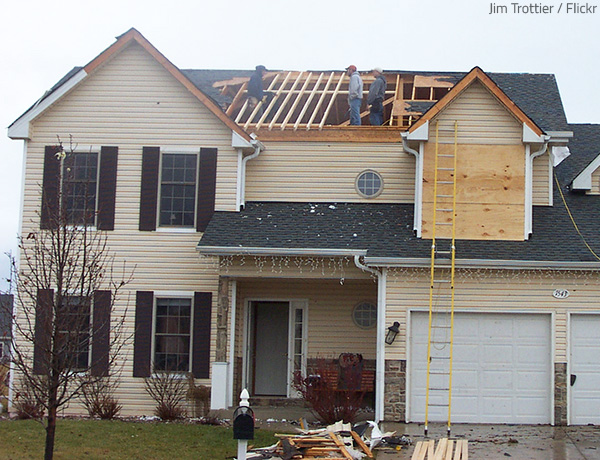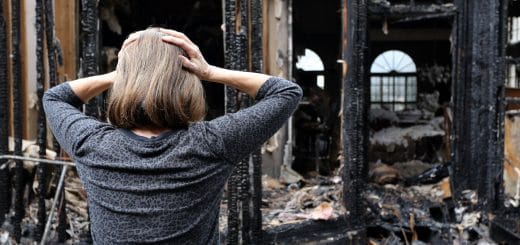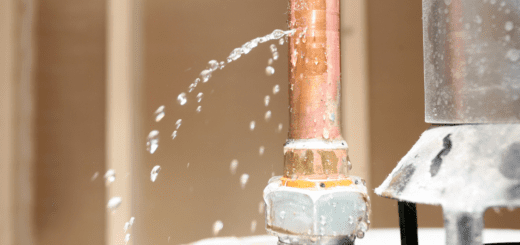Is Storm Damage Covered by Homeowner’s Insurance?
Nature is a wonder, whether it’s a light spring rain or a cool, breezy afternoon. When nature unleashes its claws, however, the disasters cause homeowners to wonder how they will handle the resulting chaos.

A storm can be both beautiful and fearsome.
Storms are common occurrences in nature. The variations of storms are immense and can include natural events, like hail, wind and lightning. It’s when storms damage your home that you need to understand what is covered by insurance.
Homeowner’s insurance covers certain elements of nature’s fury. Weather damage of all sorts is often covered but it depends on the situation. Flood damage is not covered by insurance, but can be purchased separately through the National Flood Insurance Program.
What homeowner’s insuranceHomeowner’s insurance is a policy that provides financial ... More frequently covers is a range of unexpected weather-related disasters: hail damage, water damage, wind damage, fallen trees, sewer backup, frozen pipes, ice dam formations and roof damage due to snow, ice or wind.
Water Damage
Water damage in its variety of forms can wreak havoc on a home. Icy roofs can leadLead is a heavy metal that can be toxic to humans, especiall... More to moisture seeping into the interior, and a spring thunderstorm can be responsible for a foundation leak. The cause of the water damage will dictate whether or not your insurance policy will cover the costs of repairRepair is the act of fixing or restoring damaged property, m... More. Water damage due to a sudden or accidental event is often covered by insurance. A frozen pipe burst that leads to a saturated ceiling, for instance, will be taken care of by your homeowner’s insuranceHomeowner’s insurance is a policy that provides financial ... More but only up to your policy limits.
Lightning Strikes
Fires that erupt from a lightning strike to your roof are covered by your homeowner’s insuranceHomeowner’s insurance is a policy that provides financial ... More policy. Power surges, outages, destroyed electronics or other further damage that occurs as a result of the lightning may be covered depending on what your policy outlines. Limits apply to most coverages, so learn more about your policy or discuss the situation with your insurance agent.
Wind Damage

The roof is at the greatest risk of damage when a storm hits.
Powerful winds that tear off the shingles of your roof are a likely result of severe storms. Damage caused by winds is typically covered by homeowner’s insurance. Plus, you’ll rest easy knowing that the gaping hole in your rooftop and the ensuing damage caused by hail, wind or snow that blow into your attic is also covered.
Roof damage resulting from fallen tree branches is typically covered by insurance if the ruin is caused by high winds or windstorms. Some insurance policies, however, do not include coverage for wind damage. If your policy covers wind damage, the protection includes two types:
- Dwelling coverage: Windows that have blown out, siding that has dislodged or roof shingles that have loosened as a direct result of windstorms are all examples of dwelling coverage, which essentially protects your home’s structureStructure refers to the framework or components of a buildin... More.
- Personal property coverage: Winds that destroy the exterior of your home, and which then leadLead is a heavy metal that can be toxic to humans, especiall... More to the destruction of your home’s contents by further snow, dust, hail or rain that the wind pushes indoors, are scenarios that fall under personal property coverage.
Damage caused by tornadoes and hurricanes are often covered under the average homeowner’s insuranceHomeowner’s insurance is a policy that provides financial ... More policy.
Storm Coverage Exclusions
Some homeowners’ insurance policies do not cover certain types of storm damage. Damage caused by earthquakes, for example, are not covered by most insurance and must be purchased separately.

Typical homeowners’ insurance policies do not cover all types of storm damage.
Floods, like those triggered by an overflowing river or torrential downfall, are not covered by insurance companies anywhere in the United States. Homeowners who live in a flood-prone area are advised to purchase flood insurance separately.
Insurance companies analyze how damage to the home occurred. So if the damage is not directly due to a storm, help with repairRepair is the act of fixing or restoring damaged property, m... More costs is less likely to be a possibility. You can always check with the insurance company to determine your eligibility for coverage for each scenario that involves a natural event.
Storm Damage Restoration
If any part of your home is destroyed due to a storm, take immediate action. Contact your insurance company right away to inform them of the damage. Waiting only lessens your chances of being compensated for the loss. Further damage is likely to occur for as long as you put off the repairs. In fact, your insurance company will send an emergency team to your home to prevent further damage, and, in so doing, lessen the associated costs of repairRepair is the act of fixing or restoring damaged property, m... More.
You may be tempted to take steps to prevent further damage to your home while you wait for the insurance company to act. Your priority, in such instances, should be to document the damage with photographs and video and retain any receipts for purchases made to limit additional or progressive destruction. Proper documentation will also help to move your claim along quicker.
When your home is hit by a major storm, do not delay in contacting your insurance company first and then a local storm damage restoration service. The Cleveland area is dependably served by RestorationMaster, a professional storm damage restorationRestoration is the process of returning a property to its pr... More company with years of experience in tackling the destructive aftermath of all types of natural storms.

Using professional storm damage restorationRestoration is the process of returning a property to its pr... More services will help you get your life back on track as quickly as possible after the disaster.
RestorationMaster’s professional team of trained technicians will be onsite at your premises to remove fallen tree branches, clear fallen building materials and repairRepair is the act of fixing or restoring damaged property, m... More damaged structures. The specialists will also stabilize your property after a storm by boarding up any gaping holes in your home, thereby preventing additional destruction by natural elements, wild animals or even opportunistic vandals.
RestorationMaster offers their extensive experience in disaster restorationRestoration is the process of returning a property to its pr... More and cleaning. The company’s skilled technicians are trained to address both water damage and fire damage that result from severe storms. The specialists utilize advanced, professional-grade sanitization equipment and procedures to return your damaged home to its pre-disaster condition. RestorationMaster also provides reconstruction services to help complete the restorationRestoration is the process of returning a property to its pr... More process quickly and efficiently.
The Ohio-based company takes calls 24 hours a day, and responds swiftly to all emergencies and requests for service. The RestorationMaster team reliably serves the many residential and business communities within Cuyahoga County.












